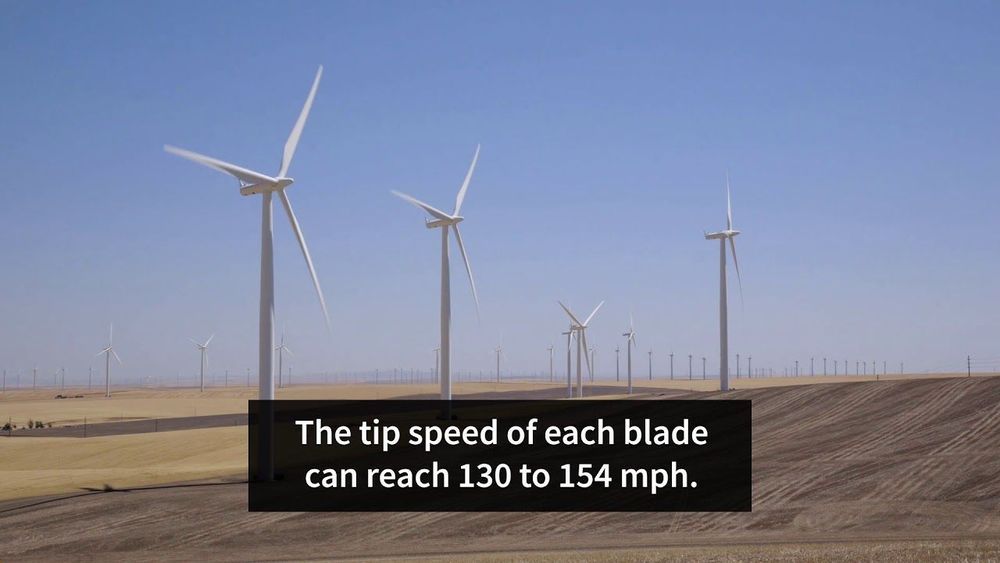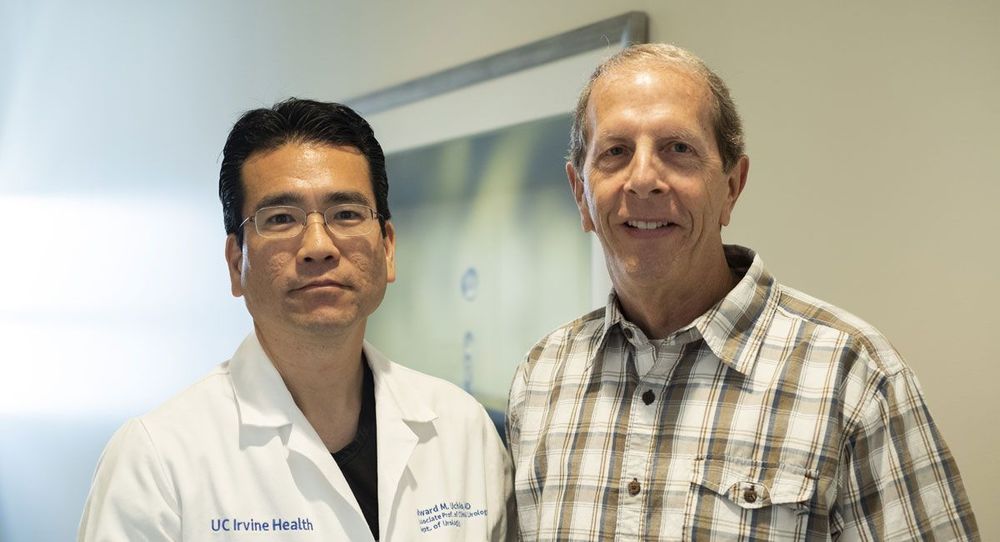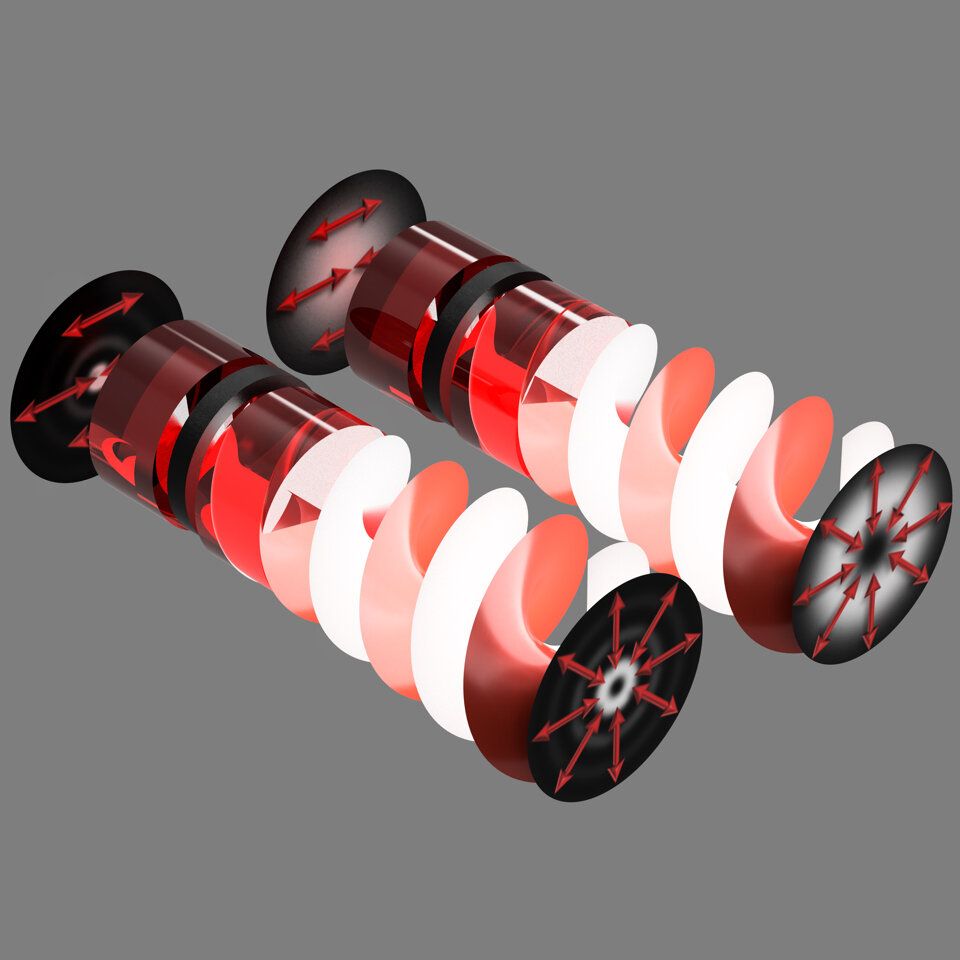In what is believed to be a transit industry first in the United States, TriMet’s all-electric buses will be powered by 100 percent wind energy. TriMet and project partner Portland General Electric made the historic announcement on Tuesday, April 16, 2019. As Oregon’s largest transit provider, TriMet has committed to a non-diesel bus fleet by 2040. The initial journey toward a non-diesel fleet now begins with battery-electric buses that will be powered by PGE’s Clean Wind℠ renewable energy program.
“Today, we are riding the winds of change. TriMet’s commitment to a zero-emissions bus fleet by 2040 and support of wind power put the agency and our region at the forefront of a cleaner future.”
“We are proud to support TriMet’s work to electrify transportation across our region. Powered by wind, this all-electric bus line is a sustainable transportation option for the community and another step closer to a clean energy future for Oregon.”








